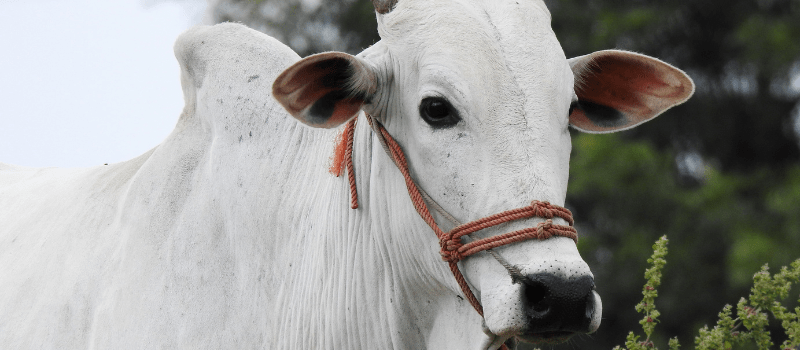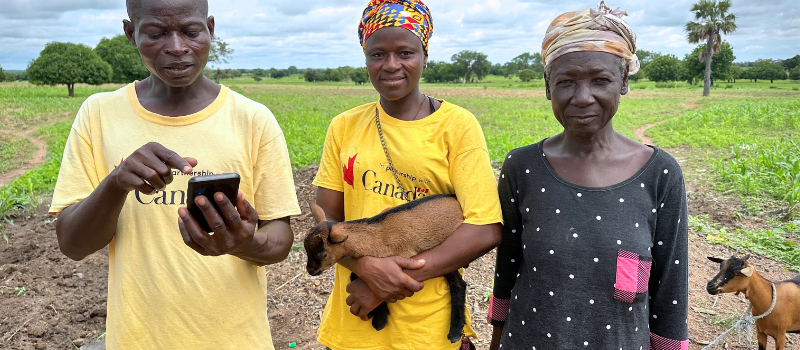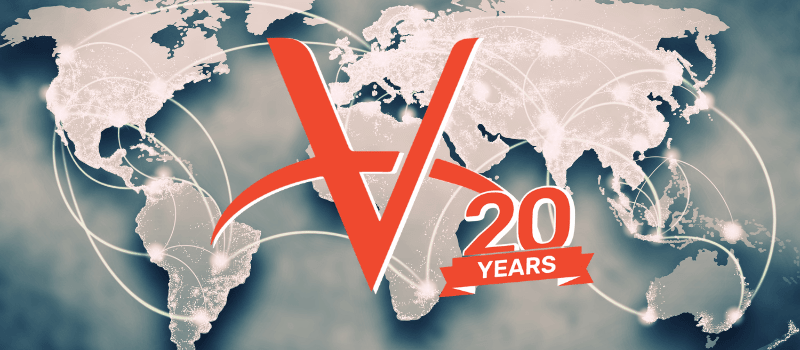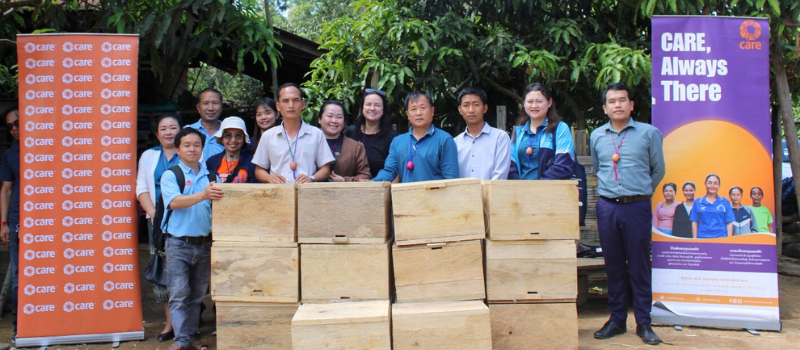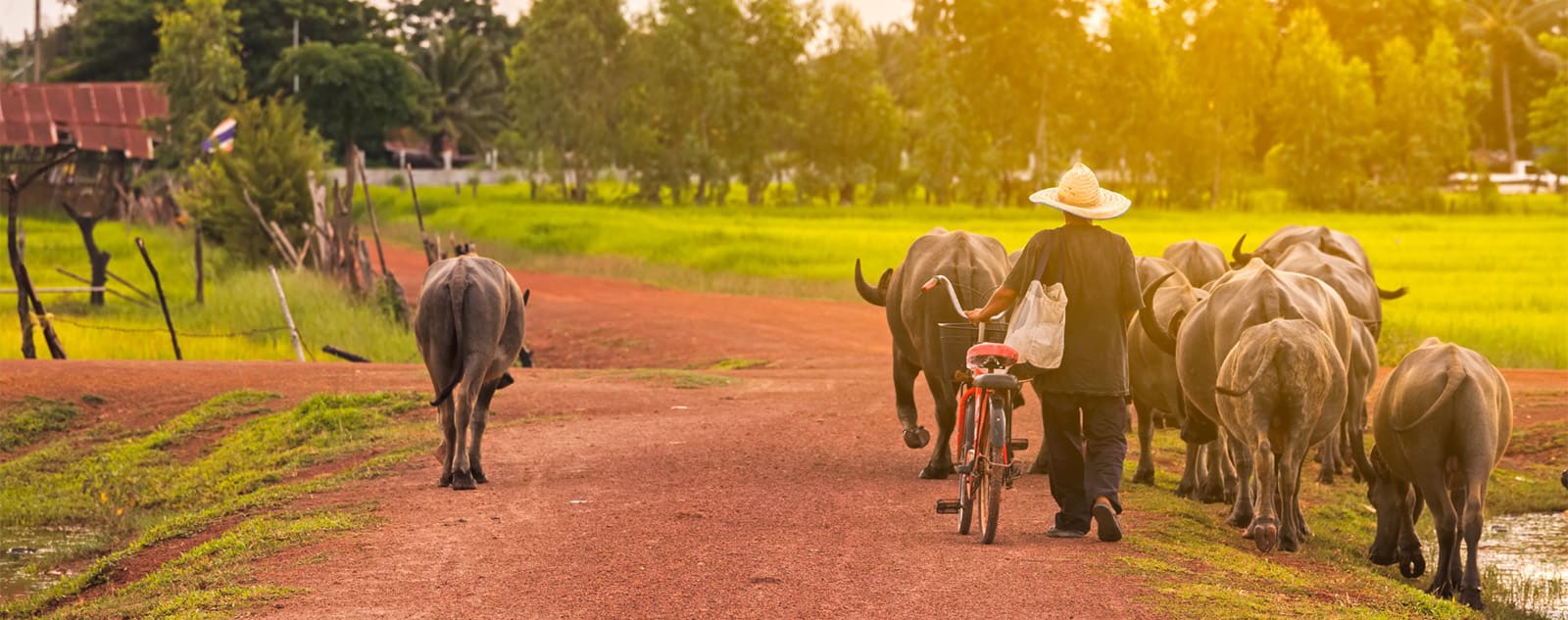This blog examines the critical role of animal health in Myanmar’s earthquake response, highlighting the interconnected impacts on people, animals, and livelihoods. It outlines the rationale for a One Health approach and details how VWB is responding through a coordinated, two-phase intervention. Written by Tanja Kisslinger, Director of Communications, VWB.
Myanmar’s Complex Crisis
On March 28, 2025, a 7.7 magnitude earthquake struck central Myanmar, creating a devastating humanitarian emergency. According to the United Nations Office for the Coordination of Humanitarian Affairs (OCHA), more than 3,000 people have lost their lives, hundreds remain missing, and over 1.2 million individuals have been displaced, urgently requiring safe shelter, clean water, food, and medical care.
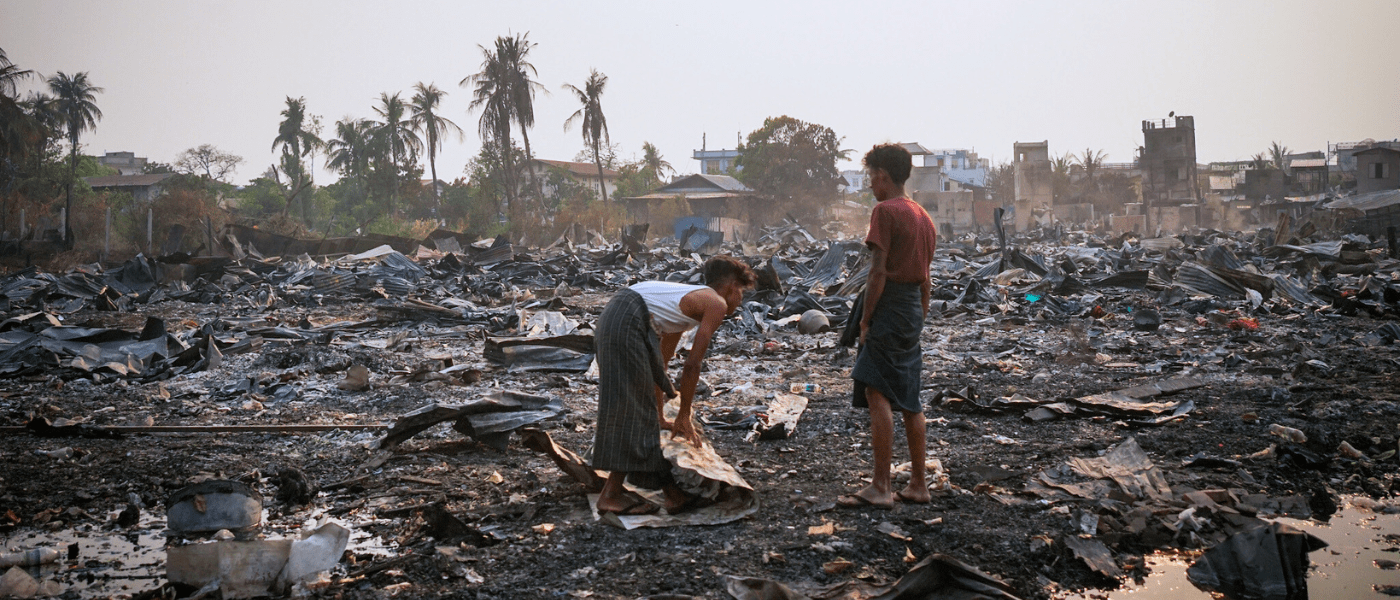 PHOTO: One day after the quake, two Mandalay residents search through the debris for usable materials amid the destruction. (Credit: Myo Thiha Kyaw)
PHOTO: One day after the quake, two Mandalay residents search through the debris for usable materials amid the destruction. (Credit: Myo Thiha Kyaw)
It is estimated that 17 million people across 57 townships have been affected by the earthquake—a staggering reach that underscores the national scale of this crisis. In the hardest-hit areas, electricity and water systems remain non-functional, and telecommunications and internet access are severely disrupted, cutting off communities from essential services and external assistance. At the same time, widespread damage to hospitals, roads, and other critical infrastructure is complicating the delivery of aid. This catastrophe comes on top of deep political instability and economic uncertainty. Even before the earthquake, one-third of the population relied on humanitarian assistance to meet their basic needs.
In rural regions, where livestock underpin household nutrition, livelihoods, and resilience, the earthquake has also triggered an urgent crisis in animal health. This is not a peripheral issue—in contexts like Myanmar, the health and welfare of animals are inextricably linked to human well-being.
Livestock and Livelihoods at Risk
The epicenter of the earthquake includes Myanmar’s most livestock-dense areas: Sagaing, Magway, Mandalay, and Shan. According to the FAO (2025), these regions account for 64% of the country’s cattle and buffalo, 70% of its small ruminants (sheep and goats), and 41% of its swine population.
For smallholder farmers—particularly women—livestock are far more than assets; they are sources of food, fertilizer, income, and security. They serve as living savings, to be drawn upon during times of need, and form a vital part of the social and economic fabric of rural life.
The earthquake’s impacts have included injuries to animals, destruction of shelters, disrupted veterinary services, and increased exposure to disease. In many affected communities, animals are dehydrated, wounded, and malnourished. Water sources are contaminated, feed is scarce, and access to care is limited. These challenges directly threaten household food security, diminish agricultural productivity, and destabilize income streams—placing vulnerable families under even greater stress.
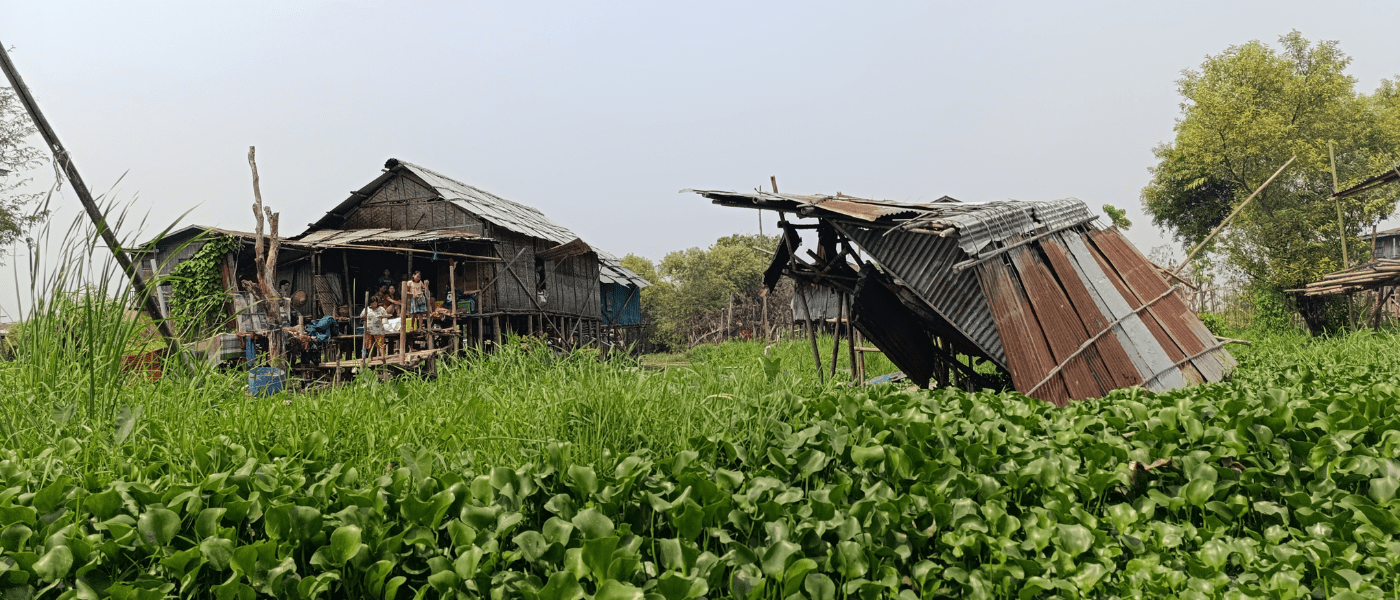 PHOTO: On March 29, a family in Aing Htaunt Gyi surveys the damage from their home, overlooking a collapsed animal shelter just metres away. (Credit: Sopyay Myanmar / SMDO)
PHOTO: On March 29, a family in Aing Htaunt Gyi surveys the damage from their home, overlooking a collapsed animal shelter just metres away. (Credit: Sopyay Myanmar / SMDO)
Disease After Disaster
Natural disasters create the perfect storm for animal disease outbreaks. In Myanmar, the current context significantly elevates the risk of transmission and exposure. Of particular concern are:
- Anthrax: Disturbance of soil can expose dormant Bacillus anthracis spores, increasing the likelihood of infection in grazing livestock (FAO, 2011).
- Foot-and-Mouth Disease (FMD): A highly contagious disease, FMD spreads rapidly in conditions of overcrowding, stress, and increased animal movement.
- Mastitis: Poor hygiene and trauma lead to udder infections, severely affecting milk production and the health of calves.
- Parasitic Infestations: Overcrowded and unsanitary temporary shelters provide ideal conditions for internal and external parasite transmission.
These are not isolated veterinary issues. Zoonotic diseases such as anthrax and brucellosis can be transmitted to humans through direct contact or consumption of contaminated animal products. In the chaotic environment following a disaster, the intermingling of people and animals and the breakdown of sanitation systems only heighten these risks.
Veterinary Care on the Brink
The collapse of veterinary infrastructure following the earthquake is not just an animal health issue—it is a public health threat. Clinics across Myanmar, many of them rural and already resource-constrained, are struggling to operate under crisis conditions. Roads are impassable, supply chains have been severed, and crucial materials—including antibiotics, IV fluids, vaccines, and diagnostic tools—are in short supply.
A rural veterinary consultant reported widespread cases of severe dehydration and infections among livestock, alongside dwindling supplies of IV fluids and medications. In many areas, veterinary teams are struggling to meet the needs of affected animals, and farmers are facing increasing desperation as their primary sources of income and food security hang in the balance.
Supporting these veterinary services with supplies, mobility, and staffing is essential—not only to safeguard animals, but to support livelihoods and prevent cascading public health emergencies.
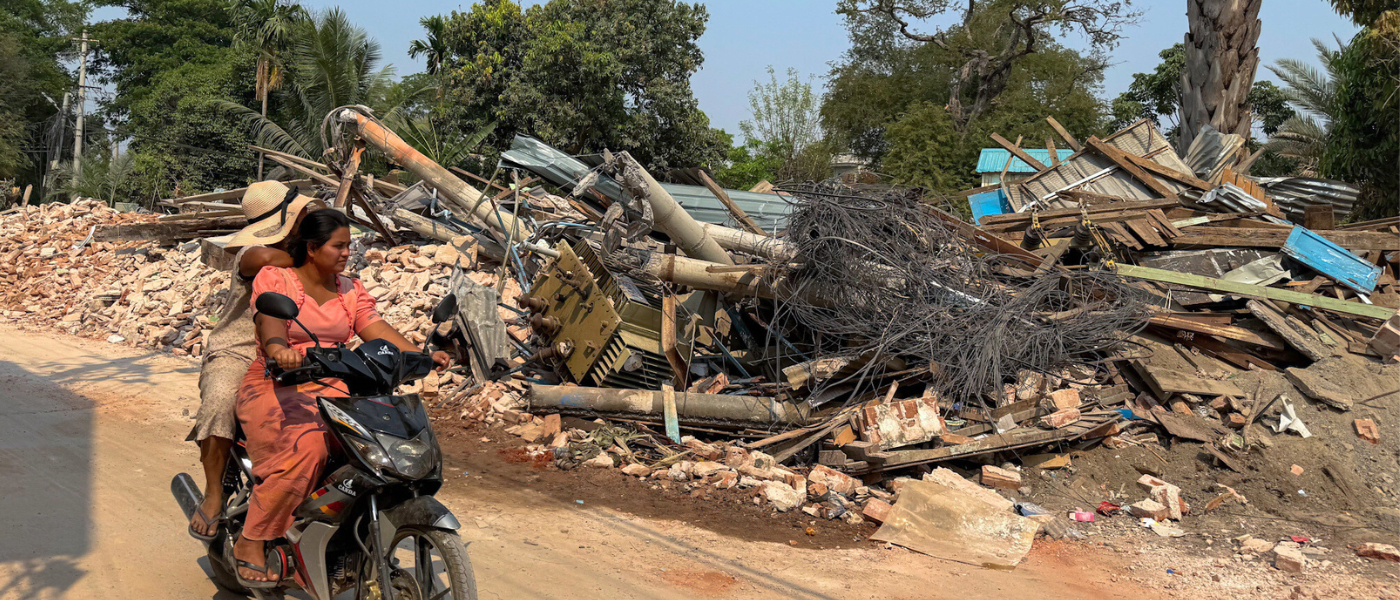 PHOTO: Debris and downed power lines block a main road in Mandalay, one day after the earthquake. (Credit: Myo Thiha Kyaw)
PHOTO: Debris and downed power lines block a main road in Mandalay, one day after the earthquake. (Credit: Myo Thiha Kyaw)
Pets, People, and Psychological Survival
Beyond the economic toll of livestock loss, the separation from or suffering of companion animals can have significant emotional consequences. In the chaos of evacuation, many pets have been left behind, injured, or lost. In Mandalay and other hard-hit areas, displaced families are reporting distress as they search for missing pets or attempt to care for those injured and malnourished.
Local veterinarians and community responders are showing tremendous resilience in setting up outdoor veterinary clinics—despite aftershocks, debris, and limited resources. These clinics are providing food, vaccinations, and emergency care for displaced pets. Their work not only supports animal welfare but offers psychological relief to families struggling with trauma. Companion animals often serve as emotional anchors, offering comfort and a sense of normalcy in the midst of upheaval.
Why One Health is the Only Health in Crisis Response
The One Health approach, endorsed by the World Health Organization (WHO, 2017), recognizes that the health of people, animals, and the environment are deeply interconnected. In disaster scenarios, this approach becomes even more relevant and necessary (WHO, 2019).
Key components of a One Health response include:
- Integrated Disease Surveillance: Coordinated monitoring of animal, human, and environmental health to detect and control outbreaks early.
- Joint Medical Teams: Collaborative deployment of veterinary and human health professionals to serve remote or underserved communities.
- Environmental Risk Assessments: Rapid analysis of water, sanitation, and ecological conditions to identify hazards.
- Capacity Building: Strengthening the ability of local providers to respond effectively now and in the future.
A One Health strategy not only enables more efficient and holistic emergency responses, but also lays the foundation for long-term community resilience. In Myanmar, integrating animal health into the broader humanitarian effort is essential to reducing disease risk and accelerating recovery.
VWB in Action: A Two-Phase One Health Response
In partnership with Sopyay Myanmar Development Organization—a trusted local NGO with over ten years of experience in emergency response—Veterinarians Without Borders North America (VWB) is implementing a targeted, two-phase One Health intervention focused on the earthquake’s hardest-hit rural regions.
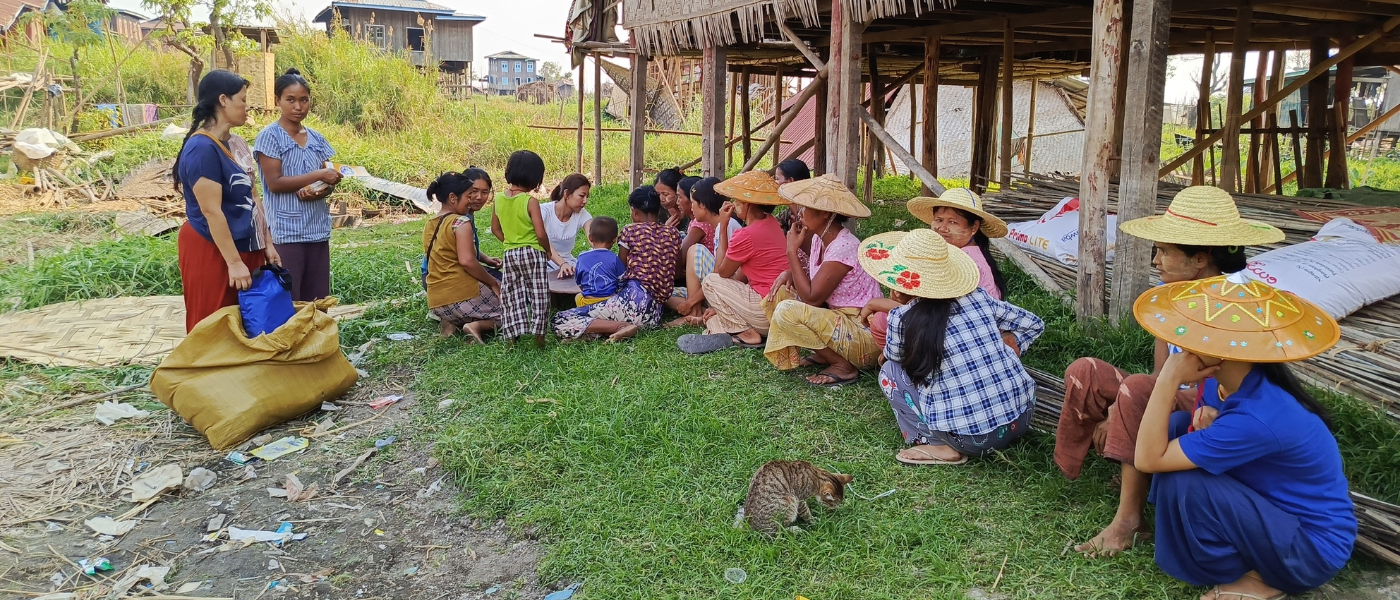 PHOTO: On April 2, VWB’s partner, SMDO, distributes essential hygiene supplies to women in Myaung Wa Gyi as part of early earthquake response efforts. (Credit: Sopyay Myanmar / SMDO)
PHOTO: On April 2, VWB’s partner, SMDO, distributes essential hygiene supplies to women in Myaung Wa Gyi as part of early earthquake response efforts. (Credit: Sopyay Myanmar / SMDO)
Phase 1, now in progress, provides emergency cash transfers to 120 of the most vulnerable households in Mandalay and Sagaing Regions. Priority recipients include female-headed families, displaced communities, and livestock keepers whose survival depends on animal health and productivity. This immediate support helps families secure basic needs—food, shelter, hygiene items, and veterinary care—while reducing the likelihood of resorting to harmful coping strategies such as selling animals or consuming unsafe meat.
Phase 2 will focus on urgent water, sanitation, and hygiene (WASH) needs in displacement sites. Planned actions include setting up temporary latrines and handwashing stations, distributing hygiene kits, and promoting safe animal handling and food safety practices through localized community outreach.
VWB is also working to restock essential supplies for rural veterinary clinics—such as IV fluids, antibiotics, and vaccines—and collaborating with Let’s Save the Strays International to support displaced companion animals through food distribution, medical care, and vaccination.
Call to Action: Across Species and Sectors
The earthquake in Myanmar is more than a humanitarian crisis—it’s a health systems crisis, an animal welfare crisis, and an environmental emergency all at once. Addressing it effectively means moving beyond siloed responses. A One Health approach is not optional—it is essential.
As Veterinarians Without Borders, we call on humanitarian actors, donors, and governments to embed veterinary services and environmental health expertise into all phases of disaster response. With two decades of experience, we know that building back better means building back together—across species and sectors.
References:
- Food and Agriculture Organization of the United Nations (FAO). (2011). Disaster risk reduction: Good practices and lessons learned.
- Food and Agriculture Organization of the United Nations (FAO). (2025). Impact of the 7.7 Magnitude Earthquake on Agriculture and Livelihoods (DIEM-Impact assessment, FAO_Mar2025).
- United Nations Office for the Coordination of Humanitarian Affairs (OCHA). (2025). Myanmar Earthquake Flash Update #3 (As of 3 April 2025).
- World Health Organization (WHO). (2017). One Health.
- World Health Organization (WHO). (2019). Health Emergency and Disaster Risk Management Framework.
- World Health Organization (WHO). (2025). Myanmar Earthquake: Public Health Situation Analysis (Sagaing earthquake in Myanmar, April 2025).
Support our One Health emergency response in Myanmar.
Lives, livestock, and livelihoods are on the line. Your life-saving gift today can help protect animals, people, and the vital link between them.

